If you’re wrestling with a costly, complex VDI solution like VMware Horizon (now Omnissa Horizon), you’re not alone. Many IT teams find themselves caught in a web of price hikes,vendor lock-in with VMware Broadcom,, server sprawl, and endless maintenance cycles that seem to consume more resources than they save. The good news? There’s a better way forward.
Inuvika OVD Enterprise offers you lightweight, secure, virtual desktop infrastructure that delivers all the benefits you need: remote access, centralized control, and broad device support while cutting your licensing and support costs by around 60%. This streamlined approach lets you focus on what matters most: empowering your team to work efficiently from anywhere.
Why Your Current VDI Might Be Working Against You
You probably implemented virtual desktop infrastructure with the best intentions of reducing hardware costs, centralizing management, and supporting remote work. Tools like VMware Horizon and Citrix seemed like the obvious choice at the time. But if you’re like many organizations, you’ve discovered that these systems demand a lot of server capacity, complex networking configurations, hefty licensing fees, and specialized training that stretches your IT budget thin. And they are no longer the only games in town.
What started as a solution to simplify your infrastructure may have become more complicated than the problem it was meant to solve. Long deployment cycles, frequent patch management, and an ever-growing server footprint can turn your VDI environment into a time-consuming burden rather than the productivity booster you envisioned.
This is precisely where a lightweight alternative like Inuvika OVD Enterprise shines. You get to keep all the core advantages of VDI (secure remote work capabilities and streamlined updates) while sidestepping the cost and complexity pitfalls that plague traditional solutions.
Simplified Deployment That Actually Works
Inuvika OVD Enterprise takes a refreshingly different approach than traditional VDI solutions. It operates as a single, unified platform whether you deploy it in your data center or the cloud. You can create desktop templates, configure applications, and manage user roles through one intuitive console. Deployment becomes straightforward with no complex dependencies to manage.
Inuvika OVD is also hypervisor agnostic, so while you may want to keep your vSphere hypervisor, there are many options like KVM, Hyper-V or AVH as well as lower cost options available to you from VergeOS to ProxmoxVE.
Cost Savings That Make a Real Difference
Licensing costs for traditional VDI can deliver some unpleasant surprises to your budget. VMware and Citrix typically charge per-user and per-component, often requiring premium support contracts to maintain acceptable service levels. Add hardware requirements and specialized staff training to the mix, and your total cost of ownership can spiral quickly.
Inuvika OVD Enterprise offers you a fundamentally different approach. As a true VMware alternative, it supports comprehensive desktop and application delivery with a significantly lower subscription costs. Because it streamlines your infrastructure requirements, you spend less on servers and software while reducing the IT labor hours needed to keep everything running smoothly.
The result is virtual desktop infrastructure that performs just as well as premium alternatives, but costs far less to operate. These savings give you the flexibility to reinvest in other critical business areas or simply improve your bottom line.
Performance You Can Count On
One legitimate concern about VDI alternatives is whether it can deliver the performance your users expect. Nobody wants to deal with slow screen refreshes, frustrating lag, or unpredictable interface behavior that hampers productivity.
Inuvika’s adaptive streaming technology addresses these concerns, head-on, by automatically adjusting display quality based on available network bandwidth. Whether your team members are working from the office, their home office, or while traveling, they experience a consistent, responsive desktop session that doesn’t interrupt their workflow.
Unlike traditional virtual desktop infrastructure that often requires extensive fine-tuning of both endpoint and server configurations, OVD delivers solid performance even when bandwidth varies. The system automatically optimizes codec settings for different user devices, ensuring everyone gets the best possible experience without manual intervention from your IT team.
Security That Keeps Your Data Protected
Your security team rightfully worries about sensitive files making their way onto unmanaged devices. One of VDI’s strongest advantages is keeping user data safely housed on your secure servers. Inuvika OVD maintains this crucial security model.
With OVD, desktop sessions are hosted on your servers, and users interact with applications and files through a secure stream. Nothing downloads to local drives unless you explicitly enable it, giving you complete control over data distribution and access.
Role-based access controls and built-in two-factor authentication add additional layers of protection to user sessions. Your administrators can easily audit login activity, quickly revoke access when needed, and keep sensitive data centralized. This approach significantly reduces the risk of data breaches from lost or stolen devices while maintaining the flexibility your team needs to work effectively.
Flexibility Across Operating Systems
Many VDI alternatives lock you into supporting only Windows environments, which can be limiting for organizations with diverse technology needs. Inuvika OVD fills this gap by supporting both Windows and Linux desktops seamlessly.
This flexibility proves especially valuable for enterprises running mixed environments. Perhaps your developers prefer Linux while your general staff uses Windows, or your research teams rely on open-source tools that run best on Linux platforms.
Using the same unified platform, you can manage template images, apply consistent security policies, and grant appropriate access across different user types without building separate systems. Your IT team benefits from this uniformity, and users can log into familiar environments regardless of their preferred operating system.
A Migration Path That Reduces Risk
Making the switch to a new VDI solution doesn’t have to be an all-or-nothing proposition. A staged migration approach significantly reduces risk and allows you to maintain business continuity throughout the transition.
With Inuvika as your VMware alternative, you can operate both systems in parallel during the transition period. Your legacy virtual desktop infrastructure remains in production while you gradually expand virtual desktop capabilities through OVD. This approach lets your team test performance, refine policies, and migrate users by department or region at a comfortable pace.
This flexible migration path also helps you avoid vendor lock-in. If you decide later to consolidate further or adapt your approach, your virtual desktop environment is ready to evolve with your needs. There’s no expensive rip-and-replace scenario, just well-managed, strategic evolution of your infrastructure.
Built to Enhance IT Productivity
The ultimate goal of virtual desktop infrastructure should be simplifying your operations, not creating new headaches for your IT team. Inuvika OVD Enterprise reduces infrastructure costs, minimizes patch management complexity, provides centralized control, and delivers responsive user sessions that keep productivity high.
For your IT team, this means tangible benefits: fewer support tickets to handle, reduced maintenance cycles, and the ability to provide business support that actually moves projects forward rather than slowing them down.
If you’re currently running VMware Horizon or Citrix, it’s worth asking yourself: why continue paying more and managing complex systems when a powerful, streamlined alternative exists? Switching to OVD or running it in parallel with your existing setup can save both time and budget without compromising the capabilities that your organization depends on.
Ready to explore how Inuvika OVD Enterprise can transform your virtual desktop infrastructure? The path forward is clearer than you might think, and the benefits (both financial and operational) make it worth serious consideration.
FAQ
What makes Inuvika OVD Enterprise different from VMware Horizon?
Inuvika OVD Enterprise operates as a single, unified platform that eliminates the need for multiple servers, connection brokers, and complex licensing structures. This streamlined approach reduces costs by up to 60% while maintaining all the core VDI benefits you need. It is hypervisor agnostic while VMware Horizon customers are stuck with vSphere or a new relationship with Nutanix AVH.
Can I run both systems simultaneously during migration?
Yes, you can operate Inuvika OVD Enterprise in parallel with your existing VMware Horizon or Citrix environment. This staged approach allows you to test performance, migrate users gradually, and reduce transition risks while maintaining business continuity.
Does OVD Enterprise support both Windows and Linux desktops?
Absolutely. Unlike many VDI alternatives that limit you to Windows environments, Inuvika OVD Enterprise supports both Windows and Linux desktops through the same unified management platform, making it ideal for mixed-environment organizations.
How does the performance compare to traditional VDI solutions?
Inuvika’s adaptive streaming technology automatically adjusts display quality based on network bandwidth, delivering consistent performance across different connection types. Users experience responsive desktop sessions whether they’re working from the office, home, or while traveling.
What kind of cost savings can I expect?
Organizations typically see licensing and support cost reductions of around 60% when switching from traditional VDI solutions to Inuvika OVD Enterprise. Additional savings come from reduced server requirements and simplified maintenance needs.
Is the security model as robust as traditional VDI?
Yes, OVD Enterprise maintains the same security advantages as traditional VDI by keeping user data on secure servers rather than local devices. It includes role-based access controls, two-factor authentication, and comprehensive audit capabilities to protect your sensitive information.

